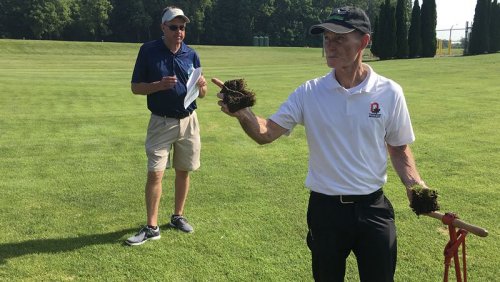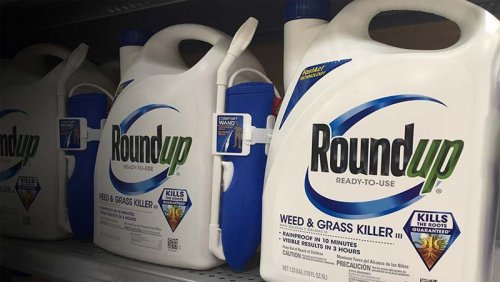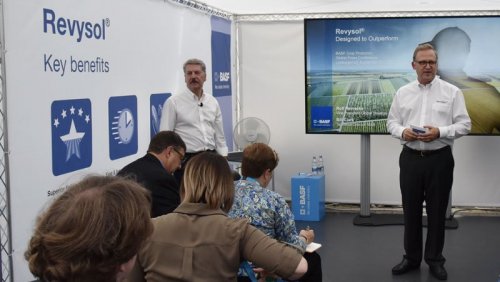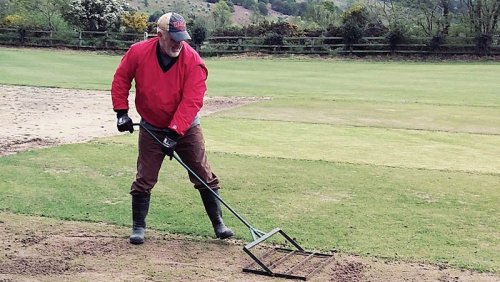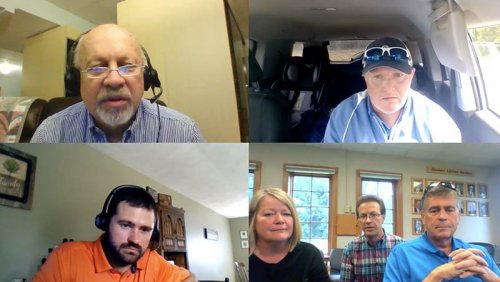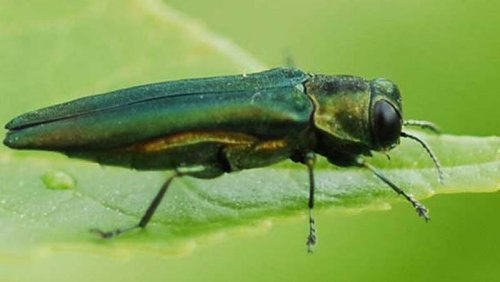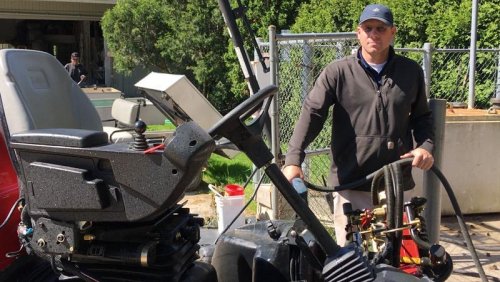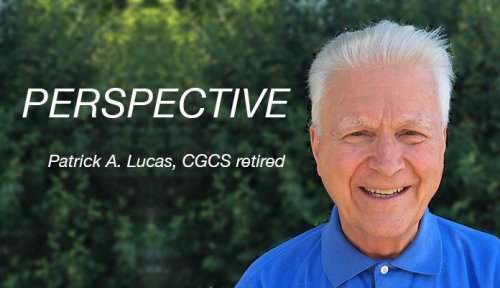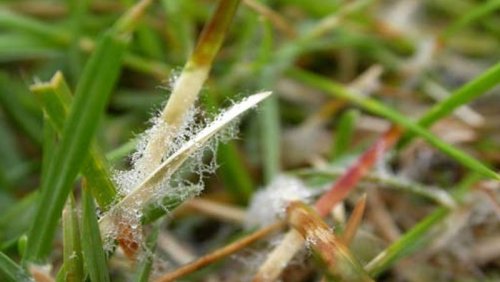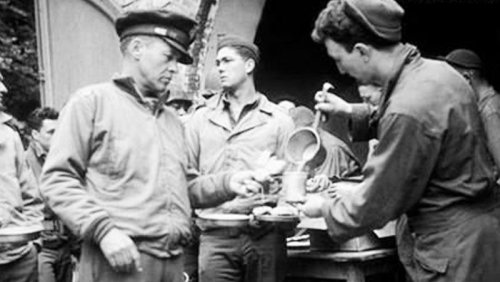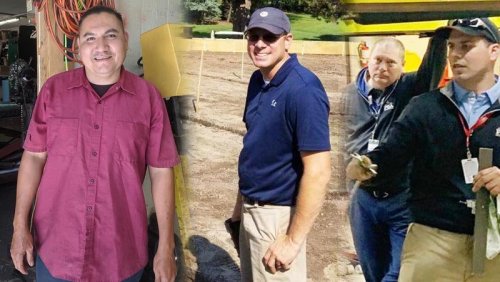
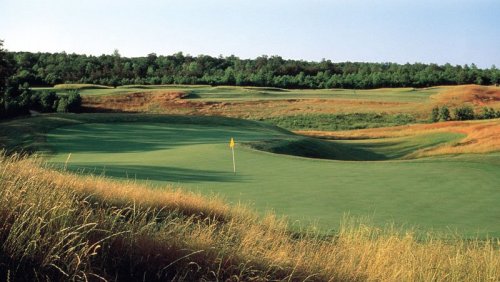
When LeCompte was approached last year by the new owners of Royal New Kent in Providence Forge, Virginia about becoming superintendent, the course already had been closed for about six months and was in severe disrepair.
"Some bridges were gone. Parts of the cart path had collapsed, and there were trees across the cart paths," LeCompte said. "It was in rough shape."
The Royal New Kent course (above and below) had fallen into disrepair, to say the least. Photo credit @ML_Turf
Until then, LeCompte had been superintendent at Two Rivers Country Club and Ford's Colony Country Club, both in Williamsburg and both under a director of agronomy. Anxious for his first gig as a head superintendent, LeCompte figured the task of reclaiming Royal New Kent could go one of two ways - only one of which was good. At just 33 years old, he also figured he was young enough that his career would recover if the project went south.
"I thought if it worked, it would be good for my career," he said. "If it didn't, it would force me into doing something else.
"I thought it was time to take a risk. Even if it didn't go well, I thought this was a good age to try something like this. I'm not sure how comfortable I would have been taking a risk like this if I was older."
Mathieu Lecompte. @ML_Turf on Twitter. Those concerns are now water under the bridge - a new-and-improved bridge at that.
The course reopened in May after a nearly a $2 million restoration that included rebuilding greens and bunkers and making much-needed repairs to the irrigation and drainage systems. It is a success story that could not have been possible without help from many of LeCompte's colleagues from Richmond to Williamsburg.
Designed by the late Mike Strantz, Royal New Kent opened to much acclaim in 1996 and was heralded by golf publications as one of the country's best new designs. Previously owned by Traditional Golf Properties, Royal New Kent closed under the previous ownership at the end of 2017 and sat dormant for about six months. The course soon looked like thousands of others that have closed in the past 10-12 years and had become defined by knee-high fairway turf and putting greens that had become dried and cracked. The new ownership group, a consortium that includes some partners with ties to Wingfield Golf Management, bought the property last year for $1.1 million.
Still, bringing the course back from the dead would be no small feat.
When he accepted the job, LeCompte had no staff and most of the Royal Kent's assets had been liquidated by Traditional Golf. The only piece of working equipment he had was a rough mower that had been neglected to the extent that sometimes it worked and sometimes it didn't. But, it was all he had. Likewise, many vendor accounts had gone unpaid, so establishing much-needed relationships with some critical suppliers was a challenge.
"Establishing relationships with some of these companies has been hard," LeCompte said.
Fortunately, many of LeCompte's colleagues around the Williamsburg-Richmond areas were more understanding and offered the use of equipment and advice until he could acquire the equipment he needed and hire a staff.
"There was no power in the maintenance shop. The mower kind of worked," he said. "I was able to borrow some things from local superintendents. There weren't even any carts. I drove my truck around the golf course."
Strantz was named by Golfweek as one of golf's top 10 architects when he died of cancer in 2005. LeCompte hired some of the shapers used by Strantz during construction nearly 25 years ago. He also was able to draw upon photography and imagery provided by Strantz's widow, Heidi.
Work included rebuilding the greens and replacing the bentgrass putting surfaces with Champion Bermudagrass. All 100-plus bunkers were rebuilt and more than 100 drains that had failed had to be dug out and repaired.
Post-renovation/reclamation... whatever one wants to call it. Since 2006, about 2,000 golf courses have closed nationwide. Although it is not common for them to reopen, like Royal New Kent has done, it is not entirely unheard of either, according to Golf Advisor.
"So far, all of the golfers have been very complimentary," he said. "There are still some scars, but we are recovering."
- Read more...
- 2,953 views



